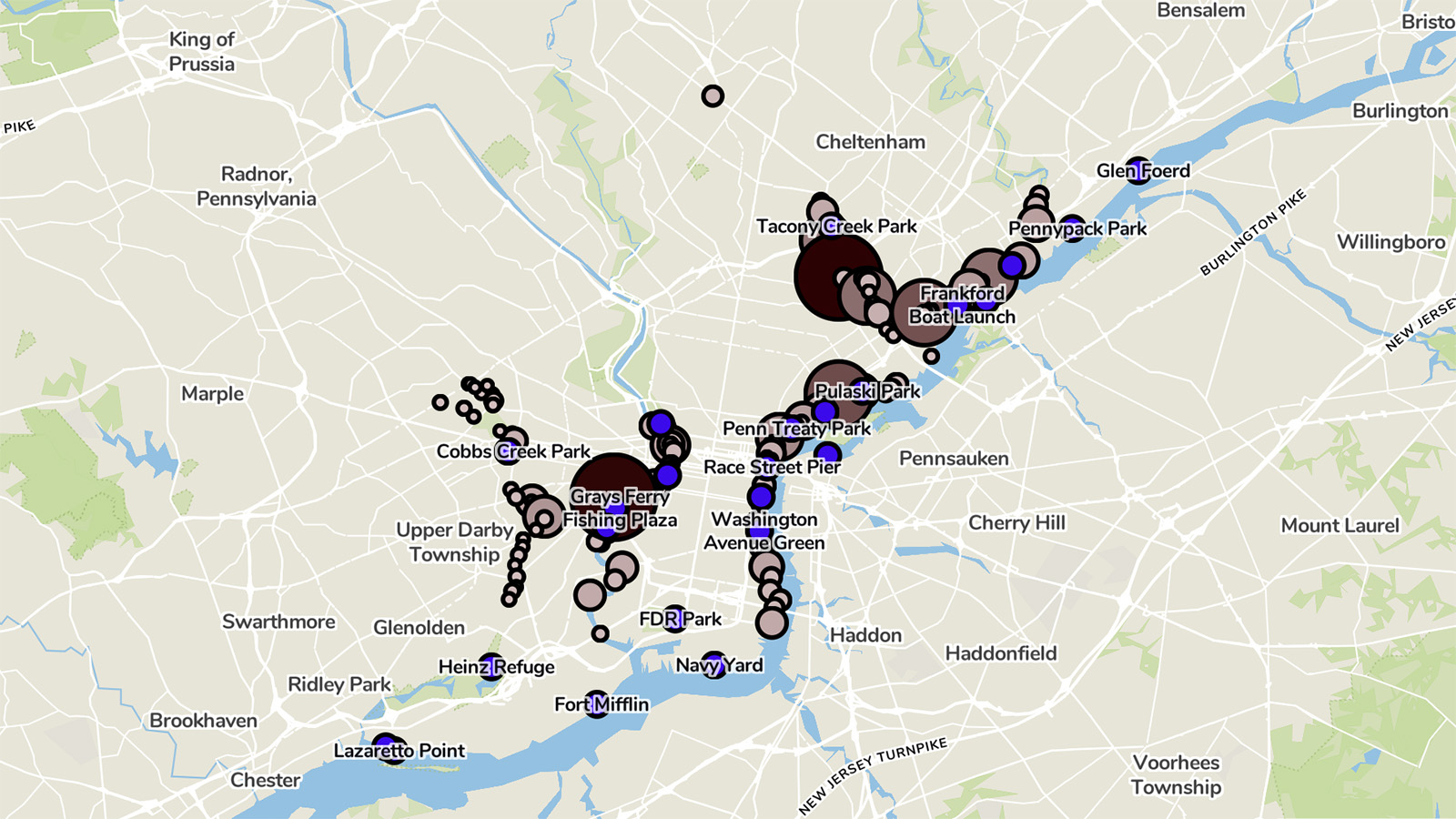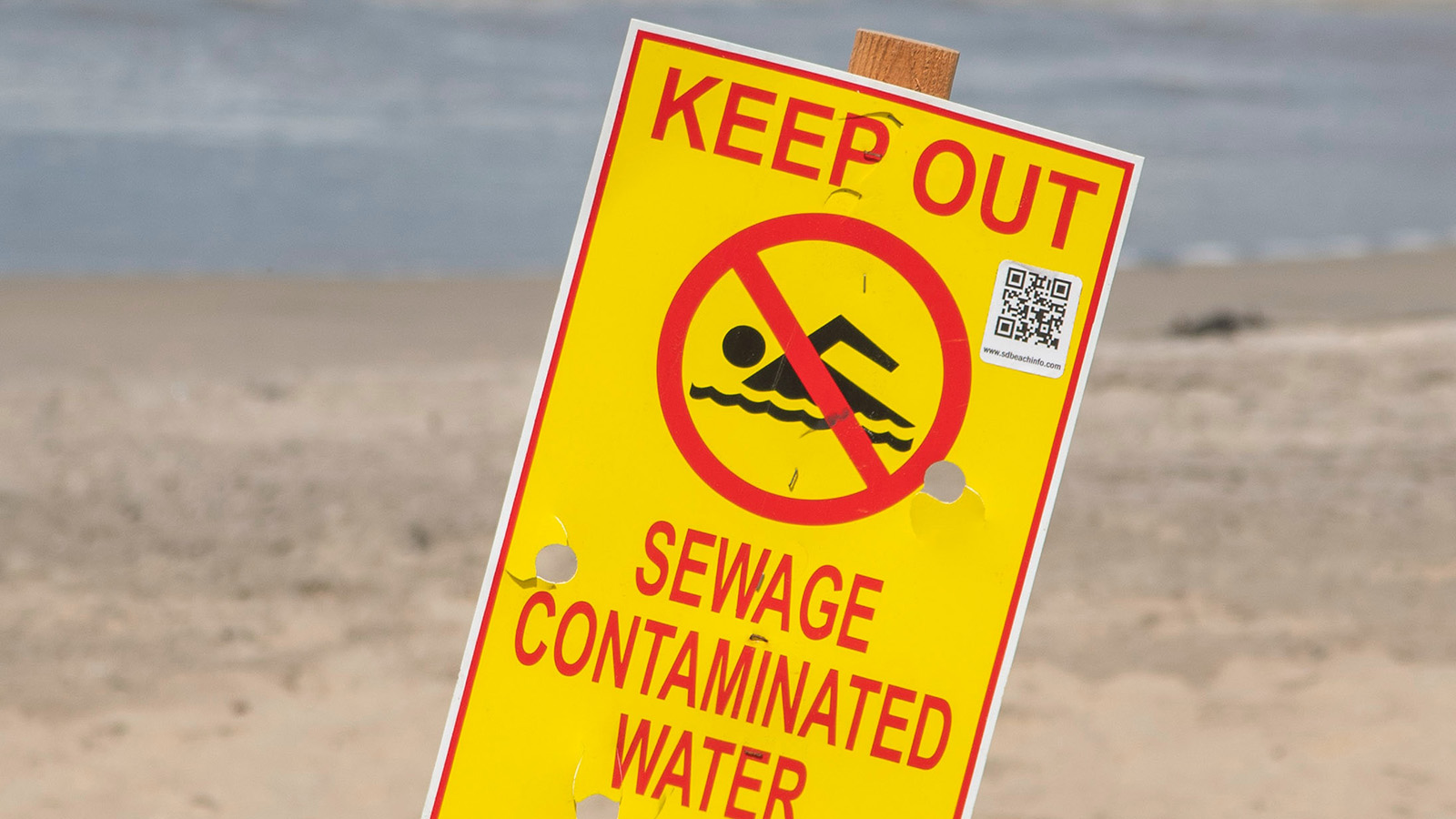
Safe for Swimming 2021 Edition
Pollution at our beaches and how to prevent it
The Clean Water Act, adopted in 1972, set the goal of making all of our waterways safe for swimming. Nearly a half-century later, Amer icans visiting their favorite beach are still met all too often by advisories warning that the water is unsafe for swimming. And each year, millions of Americans are sickened by swimming in contaminated water.
Downloads
PennEnvironment Research & Policy Center

The Clean Water Act, adopted in 1972, set the goal of making all of our waterways safe for swimming. Nearly a half-century later, Amer icans visiting their favorite beach are still met all too often by advisories warning that the water is unsafe for swimming. And each year, millions of Americans are sickened by swimming in contaminated water.
An analysis of fecal indicator bacteria sampling data from beaches in 29 coastal and Great Lakes states and Puerto Rico reveals that 328 beaches – more than one of every 10 beaches surveyed – were potentially unsafe on at least 25% of the days that sampling took place in 2020. More than half of all the 3,166 beaches reviewed were potentially unsafe for swimming on at least one day. Beaches were considered potentially unsafe if fecal indicator bacteria levels exceeded the U.S. Environmental Protection Agency’s “Beach Action Value” associated with an estimated illness rate of 32 out of every 1,000 swimmers.
To protect our health at the beach, policymakers should undertake efforts to prevent fecal pollution, including deploying natural and green infrastructure to absorb stormwater.
Fecal contamination makes beaches unsafe for swimming. Human contact with contaminated water can result in gastrointestinal illness as well as respiratory disease, ear and eye infection, and skin rash. Each year in the U.S., people contract an estimated 57 million cases of recreational waterborne illness from swimming in oceans, lakes, rivers and ponds.
Our beaches are at risk. Runoff from paved surfaces, overflows from aging sewage systems, and manure from industrial livestock operations all threaten the waters where Americans swim. These pollution threats are getting worse with climate change, as more extreme precipitation events bring heavy flows of stormwater.
Topics
Find Out More

A River Reborn

Sewage Pollution in Philadelphia

